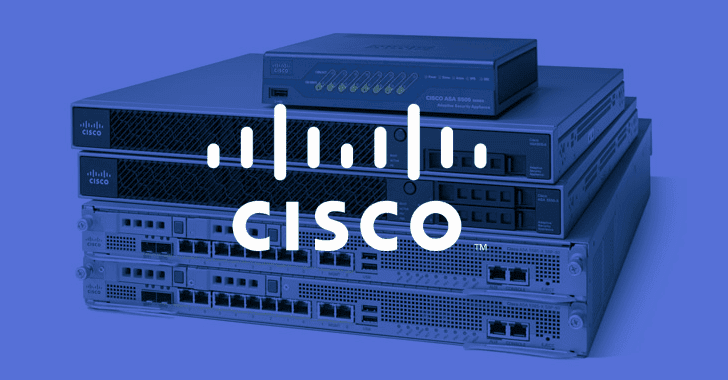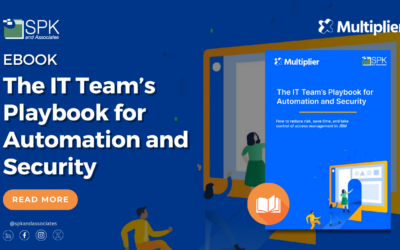The time has finally come! Just a few days ago, major internet companies participated in IPv6 Launch Day – meaning from this point forward, they will be running their production systems and making their services available to you via the IPv6 in addition to IPv4. Amongst this good news, however there is a good chance that you may be with an Internet Service Provider (ISP) that has not yet provided IPv6 connectivity to your location. I wanted to introduce you to a way that you can connect a small network to the IPv6 internet by way of a Tunnel Broker – for free.
Moving forward, the only requirements needed for this type of connection are a consistent WAN/internet connection (cable modem, optical, T1 or similar), a static public IP address (or at least one that does not change very often) and a compatible router or host.
For the purposes of this article, I am going to walk through the process of utilizing a Cisco router as our tunnel endpoint. Even if you do not have a Cisco router to use for this purpose, much of the information contained in the article is still relevant to the process – so don’t stop reading yet. Most routers and computer operating systems can be used for setting up this type of IPv6 tunnel; be sure to check out the information on your tunnel broker provider’s website for information on connecting other types of equipment. On that note, while there are a number of tunnel broker services you can choose from, in this article I am going to configure Hurricane Electric’s tunnelbroker.net. In order to keep this article of reasonable length, I am going to assume your Cisco router is already setup and usable for internet access. Finally, in order for your Cisco device to support this IPv6 tunnel configuration, your router must support IPv6 Static Routing. You can check the compatibility of your router’s software on Cisco’s site.
Read my how to article for complete step by step instructions on Deploying IPv6 via Tunnel Broker
Rusty Wyatt
Network Engineer
SPK and Associates







